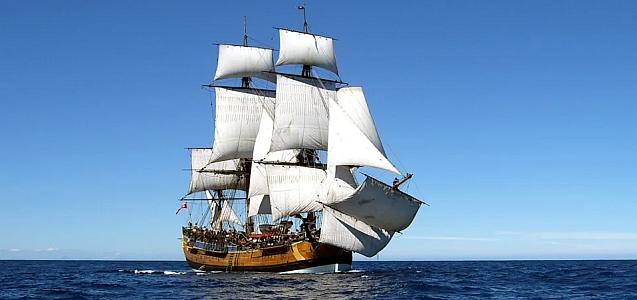 U.S. Secretary of the Navy Carlos Del Toro has announced that a future Arleigh Burke-class guided-missile destroyer will be named the USS Telesforo Trinidad in honor of a Filipino sailor who rescued two crew members when their ship caught fire more than a century ago.
U.S. Secretary of the Navy Carlos Del Toro has announced that a future Arleigh Burke-class guided-missile destroyer will be named the USS Telesforo Trinidad in honor of a Filipino sailor who rescued two crew members when their ship caught fire more than a century ago.
The Washington Post reports that Fireman Telesforo De La Cruz Trinidad is the only Filipino in the US Navy to be awarded the Medal of Honor. He received the honor for his actions on the USS San Diego in 1915 and at a time when it could be awarded for non-combat valor.
“Since being sworn in as Secretary, I have wanted to honor his heroic actions by naming a ship after him,” Del Toro said in a statement released Thursday. “This ship and her future crew will be a critical piece in strengthening our maritime superiority while also emphasizing the rich culture and history of our naval heritage.”

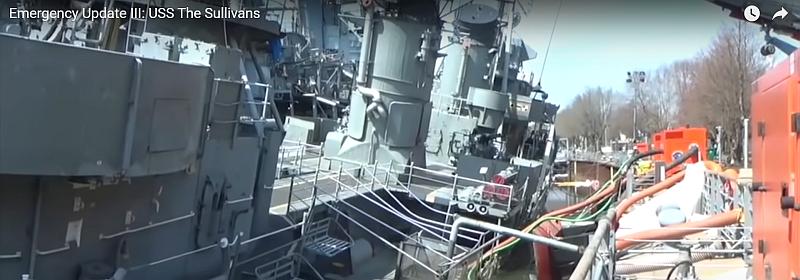 The museum ship, the retired United States Navy
The museum ship, the retired United States Navy 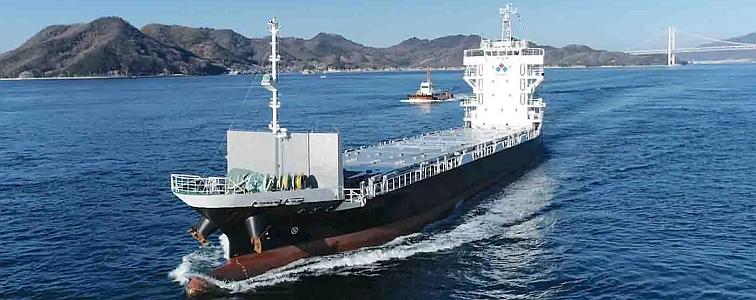 In January, we
In January, we  Skywatchers in portions of the Americas, Antarctica, Europe, Africa, and the East Pacific will see a
Skywatchers in portions of the Americas, Antarctica, Europe, Africa, and the East Pacific will see a 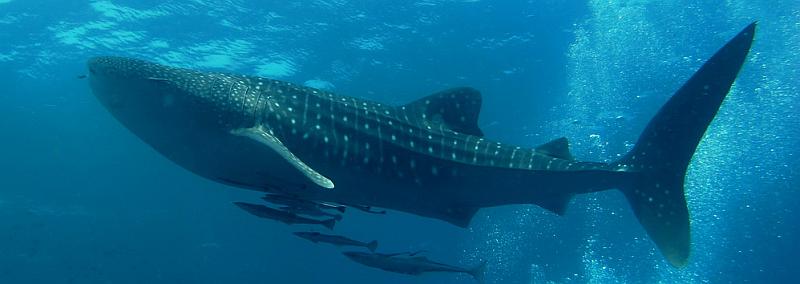 Ship strikes — collisions between ships and large marine life — are a serious threat to whales and other large marine creatures. According to the non-profit
Ship strikes — collisions between ships and large marine life — are a serious threat to whales and other large marine creatures. According to the non-profit  We recently posted about the
We recently posted about the 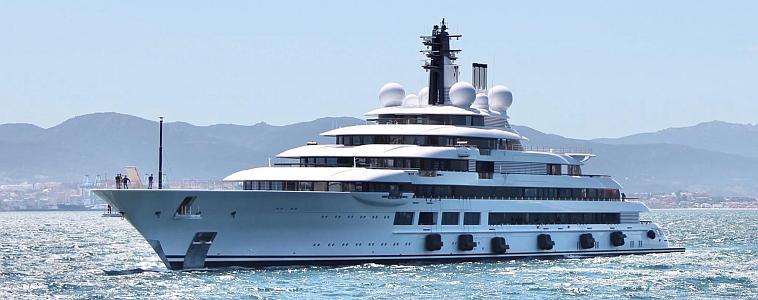 In early March we posted
In early March we posted  An updated repost appropriate for Mother’s Day.
An updated repost appropriate for Mother’s Day.
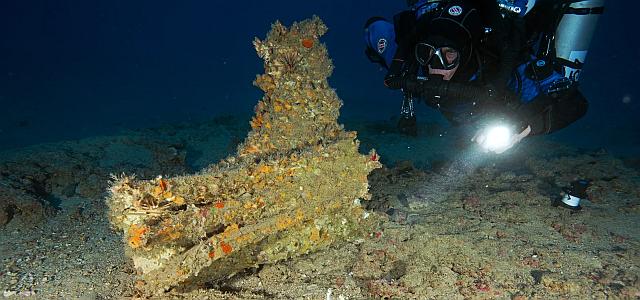 An intriguing account by
An intriguing account by 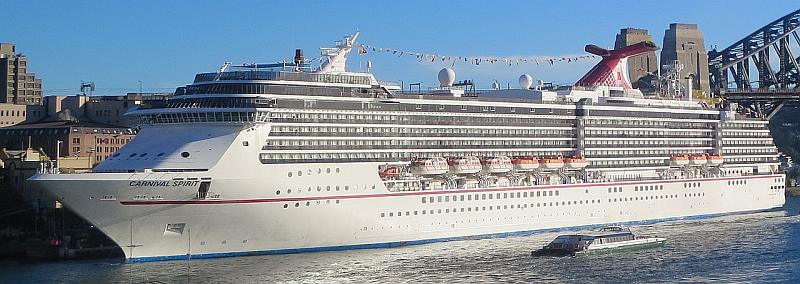 Is the cruise industry ready to get back to business in the “new normal” of the late pandemic or will cruise ships remain the floating Petri dishes that typified some ships in the early part of the COVID-19 outbreak? Unfortunately, a recent 16-day voyage from Miami to Seattle via the Panama Canal on the 3,000-passenger
Is the cruise industry ready to get back to business in the “new normal” of the late pandemic or will cruise ships remain the floating Petri dishes that typified some ships in the early part of the COVID-19 outbreak? Unfortunately, a recent 16-day voyage from Miami to Seattle via the Panama Canal on the 3,000-passenger 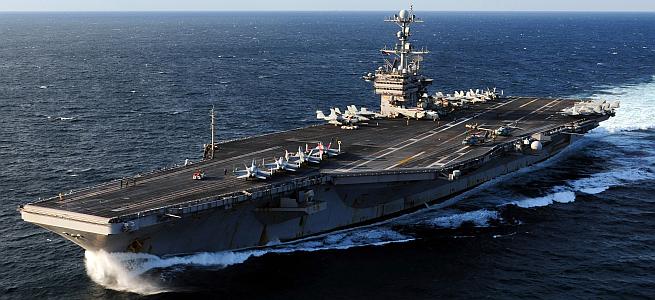
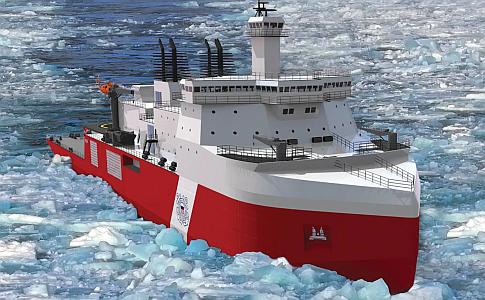 In 2019, we
In 2019, we  Satellite photographs show Russia has deployed trained dolphins at the entrance to the key Black Sea port of Sevastopol, home to Russia’s Black Sea naval fleet. The dolphins are likely to be trained to intercept Ukrainian divers attempting to sabotage Russian ships.
Satellite photographs show Russia has deployed trained dolphins at the entrance to the key Black Sea port of Sevastopol, home to Russia’s Black Sea naval fleet. The dolphins are likely to be trained to intercept Ukrainian divers attempting to sabotage Russian ships.